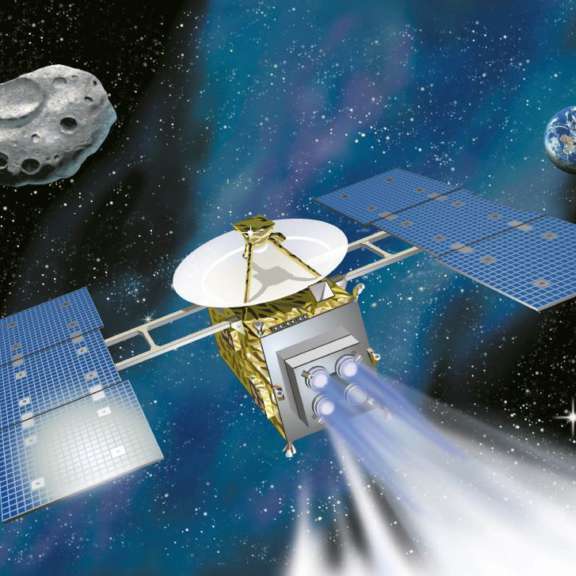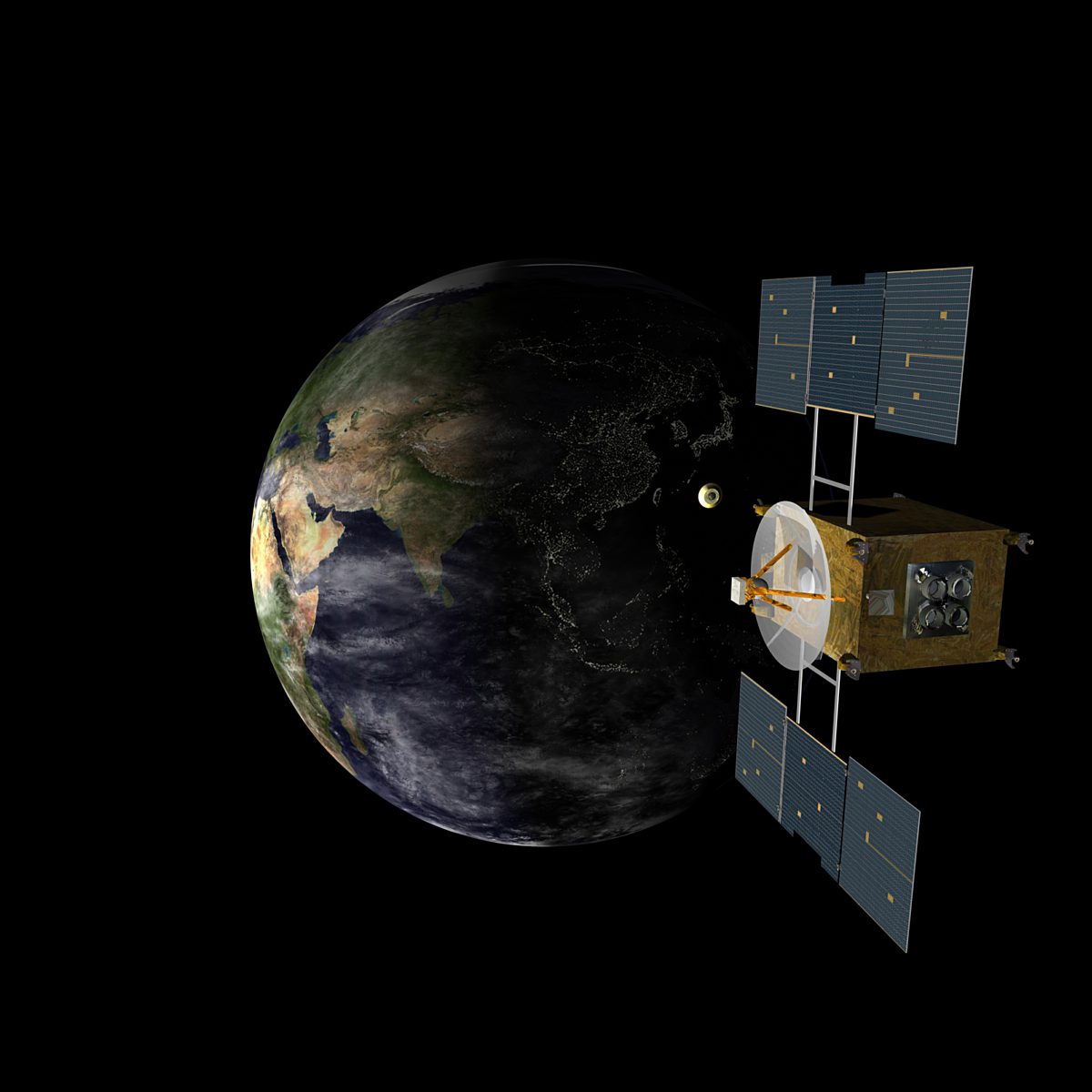All
All
Stories, updates, insights, and original analysis from The Planetary Society.
Welcome home, Hayabusa!
At 13:51 UTC, the Hayabusa spacecraft -- having traveled to an asteroid and back, surviving countless challenges-- broke up into a fiery meteor over the midnight, midwinter Australian sky.
Preparing for Hayabusa's return
Only about 40 hours remain for the Hayabusa mission. Its dramatic entry will take place at 14:00 UTC on Sunday, June 13.
Hayabusa: Waiting
We're in the final days of the Hayabusa mission, but until Sunday I think we're in a state of
Hayabusa's final approach on target; Japan's ready to receive samples
Hayabusa's final maneuver, a three-hour
A brief history of Hayabusa
For those of you who found my Hayabusa mission recap too long, here's a graphical version of the history of the Hayabusa mission.
Hayabusa: "I did my best!"
While he was in Japan to observe IKAROS' sail deployment, Lou Friedman couldn't help but notice the country's excitement over the impending return of Hayabusa.
Six days left for Hayabusa: A recap of the mission
The Hayabusa spacecraft is about to die. On Sunday, June 13, at 14:00 UTC, Hayabusa will burn up in Earth's atmosphere, bringing its dramatic seven-year mission to an end.
Taking things slowly with IKAROS sail deployment
Planetary Society Executive Director Lou Friedman was at JAXA's Japanese Space Exploration Center to observe the deployment of IKAROS' solar sails.
Sighting the homeworld
Coming closer every day, Mr. Hayabusa has sighted his final destination: his homeworld, Earth, and its attendant Moon.
Anticipating the end of Hayabusa
A successful sample return for the Hayabusa mission will mean the fiery death of Mr. Hayabusa himself. The poignancy of this is not lost upon the people in Japan who are following the mission.
More detail on the Hayabusa return timeline
JAXA has issued a notice with a little bit more detail on the timeline for Hayabusa's return to Earth.
Hayabusa's coming home
It really looks like Hayabusa is going to make it home. Hayabusa's sample return capsule will be returning to Earth on June 13, 2010, landing in the Woomera Prohibited Area, Australia at about 14:00 UTC.
Hayabusa update: a little east of Pollux
The first of what will be five trajectory correction maneuvers (TCMs) is
Hayabusa update: Traverse to night-side approach successful
Hayabusa's mission team has successfully shifted the little spacecraft's approach trajectory from the day side to the night side of Earth, a critical maneuver for the survival of the sample return capsule.
Hayabusa update: Last modifications to Earth return trajectory
An update on Hayabusa posted to the JAXA website by project manager Junichiro Kawaguchi.
Hayabusa on the home stretch
Hayabusa is still 100 million kilometers from the Earth, less than an astronomical unit away but still with months to travel. But according to an update posted to their websitethis morning by project manager Junichiro Kawaguchi, Hayabusa is on the home stretch.
Planetary Society Advent Calendar for December 8: Itokawa
I love this asteroid. It's just so weird-looking.
Hayabusa's still coming home: JAXA engineers come up with yet another creative solution
Trouble has come time and again to JAXA's little Hayabusa asteroid sample return mission, yet the mission's engineers always come up with new and creative ways to solve problems.
Hayabusa stumbles on the path back to Earth
JAXA issued a press release (in Japanese) on November 9 stating that one of Hayabusa's ion thrusters, thruster D, had stopped operating. Hayabusa launched with four ion thrusters, but D was one of only two that are still functioning. So the failure of thruster D is a serious problem.
Exciting Times Ahead: 2010 Will Sizzle, and 2011 Will Really Cook!
Today, I'm kicking the week off with a look at the unusually intense confluence of far flung planetary exploration that's just around the corner, starting the middle of next year.


 Explore Worlds
Explore Worlds Find Life
Find Life Defend Earth
Defend Earth


 Sun
Sun Mercury
Mercury Venus
Venus Earth
Earth Mars
Mars Jupiter
Jupiter Saturn
Saturn Uranus
Uranus Neptune
Neptune Small Bodies
Small Bodies







